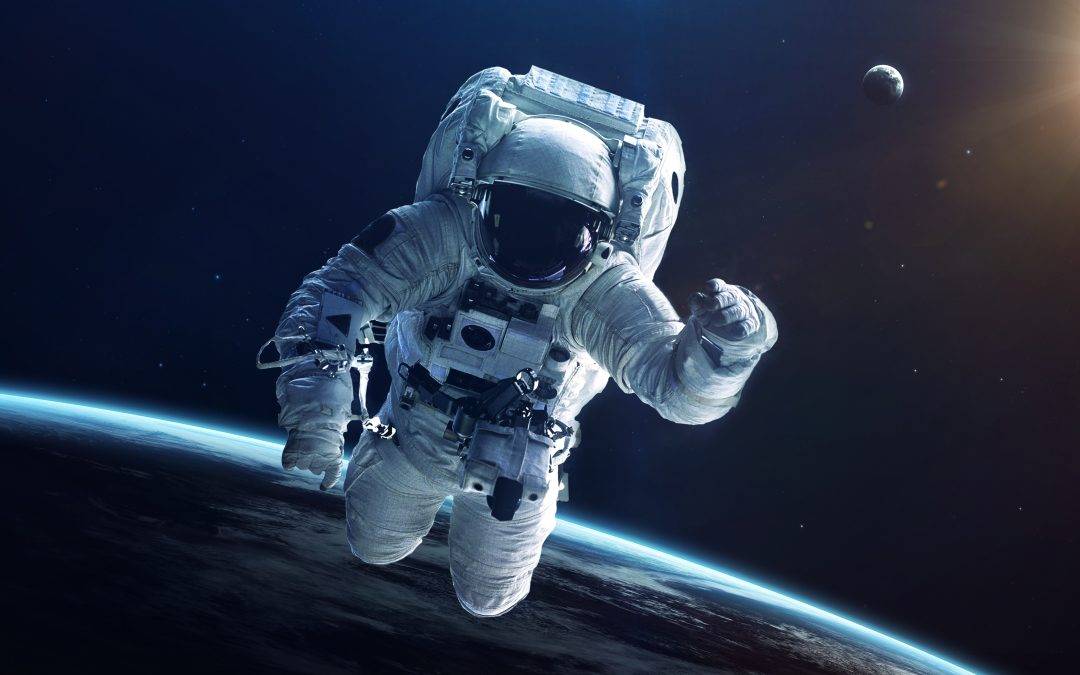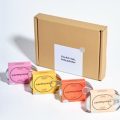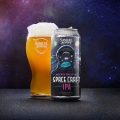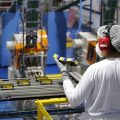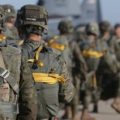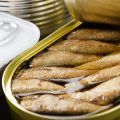The space race between the US and the USSR propelled the space nutrition era to another level. Today, space nutrition continues to be the subject of study due to the new space age of this 21st century. It already has more than half a century of history that began with the launch of the Vostok 1 on April 12, 1961. Soviet cosmonaut Yuri Gagarin made an orbit around the Earth, but it was his compatriot Gherman Titov who was the first to eat food in space in August 1961.
Until that time, physiologists had some doubts about the possibility of swallowing in a gravity-free environment. Onboard systems would improve and nutrition would be taken more into account as flights became longer and longer. The food was designed with the intention that its consumption would not contaminate the aircraft cabin, was highly calorie dense, and was canned. Subsequently, attempts were made to improve the taste of these foods and make them more palatable such as aluminum tubes filled with meat, pureed chocolate, tuna cans, frozen seafood drinks or cubed snacks… all of which are designed to provide optimal nutrition. Thermostabilized, ionized, dehydrated, frozen, natural and powdered beverages. The idea is that the astronaut’s diet should not exceed two kilos of food per day, which is equivalent to about 2,500 calories. And it should include 15% protein, 30% fat, 50% carbohydrates. The rest should be liquid. Food has been the protagonist of more than one anecdote. In 1970, NASA planned to supply Skylab with sherry rations, but in microgravity the wine vapors could be biting, so alcohol was banned on all flights.
In 1965, young John Young brought aboard NASA’s Gemini III spacecraft a sandwich hidden in his pocket that could have posed a threat to his own life and the lives of his crewmates. When opened, the crumbs disintegrated in outer space, for a simple reason: our food cannot withstand 0 gravity. Once back on Earth, the Gemini III crew members were investigated by the U.S. Congress itself to ensure that the incident would not happen again.
The tubes that the Russians ingested during the joint Apollo-Soyuz mission will go down in history. To the surprise of the Americans, the signs read Vodka in large Cyrillic letters, although the inside contained borsch, a typical Ukrainian soup, since it was nothing more than a joke by the Russians.
An astronaut’s food for one week occupied the space of three shoeboxes. As nutrition progressed and the length of the trips increased, food was included in cans and sterilized flexible containers that allowed food to be stored at room temperature for long periods of time. The astronauts in the Apollo program were the first to have hot water with which to rehydrate the food and to be able to have better flavors in their food.
Most foods were canned in aluminum containers with two-year lives, and the cans were designed to withstand pressure changes from one atmosphere to one-third.14 Canned foods maintained their properties even at temperatures around 54°C.15 Skylab was the first spacecraft to have refrigerators for food storage, so that ice cream, frozen drinks and even frozen foods such as lobster or steaks could be eaten.
Probably, of all the space missions, the best eaters were the inhabitants of SkyLab, the first U.S. space station. They had a small kitchen with an electric oven to heat the food, a wide variety of canned food, a full set of cutlery and even coolers and freezers in which to keep ice cream, drinks and even lobster or steaks.
Currently, the menu on the International Space Station includes more than 100 items; every few months, an automated spacecraft arrives loaded with fresh fruit, water and packaged food. In just a few decades, space nutrition has evolved by leaps and bounds. The next step, growing food in space.

